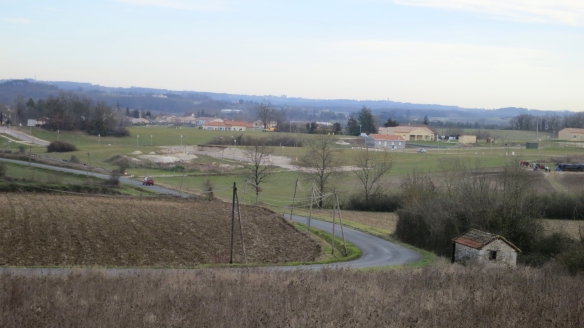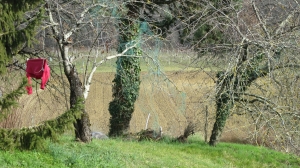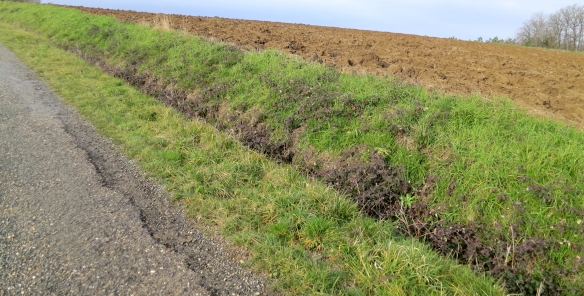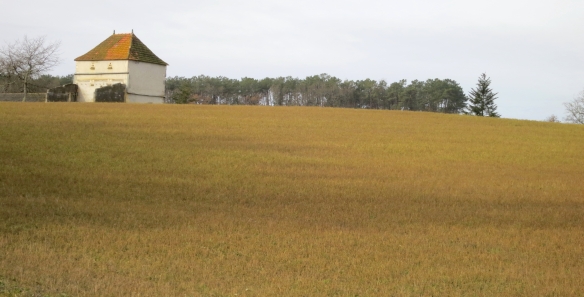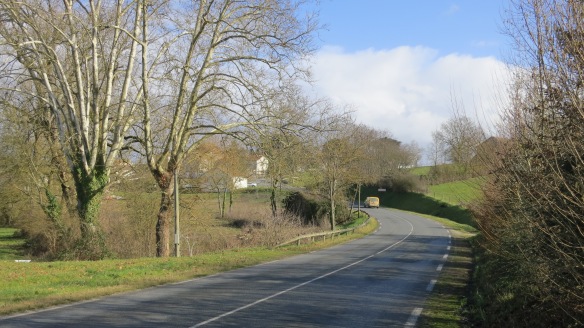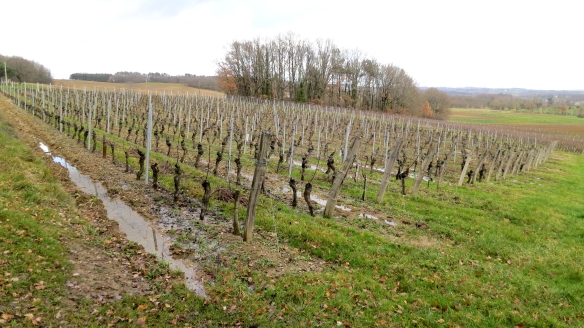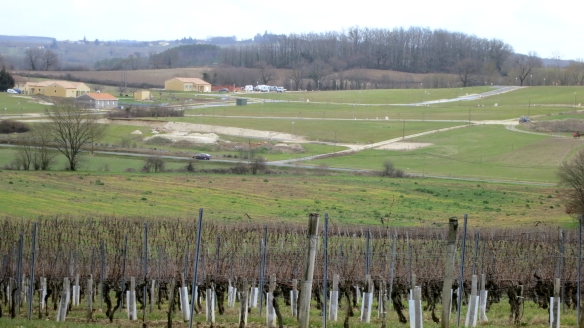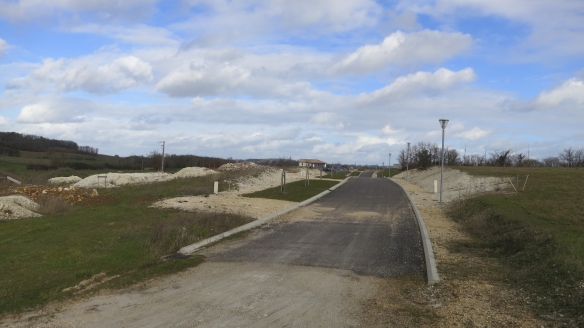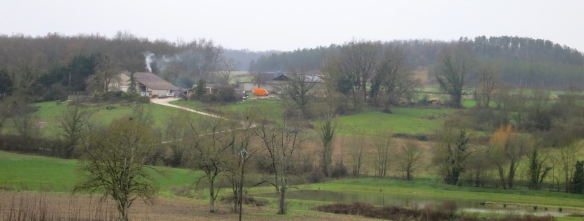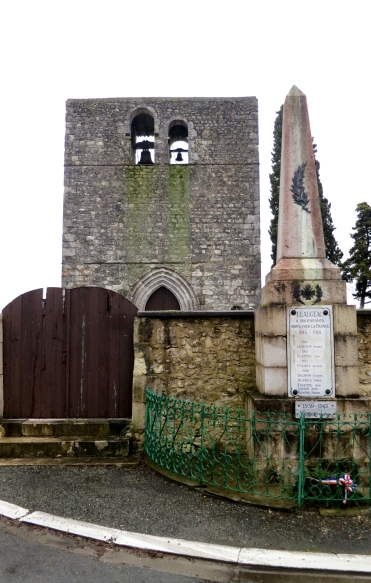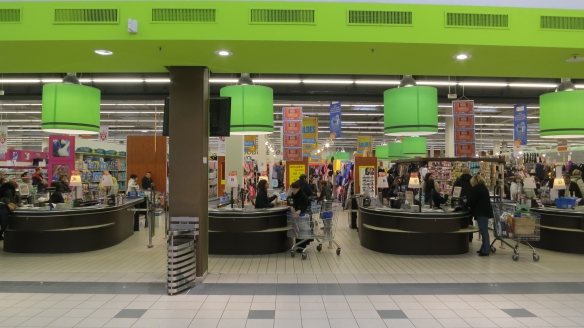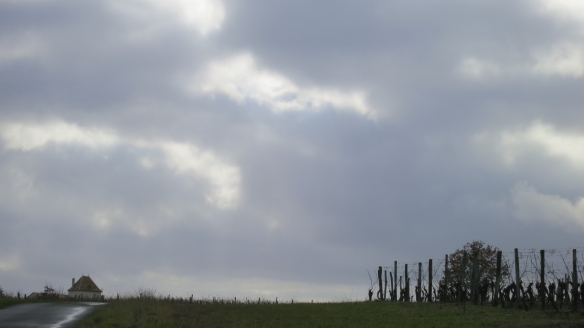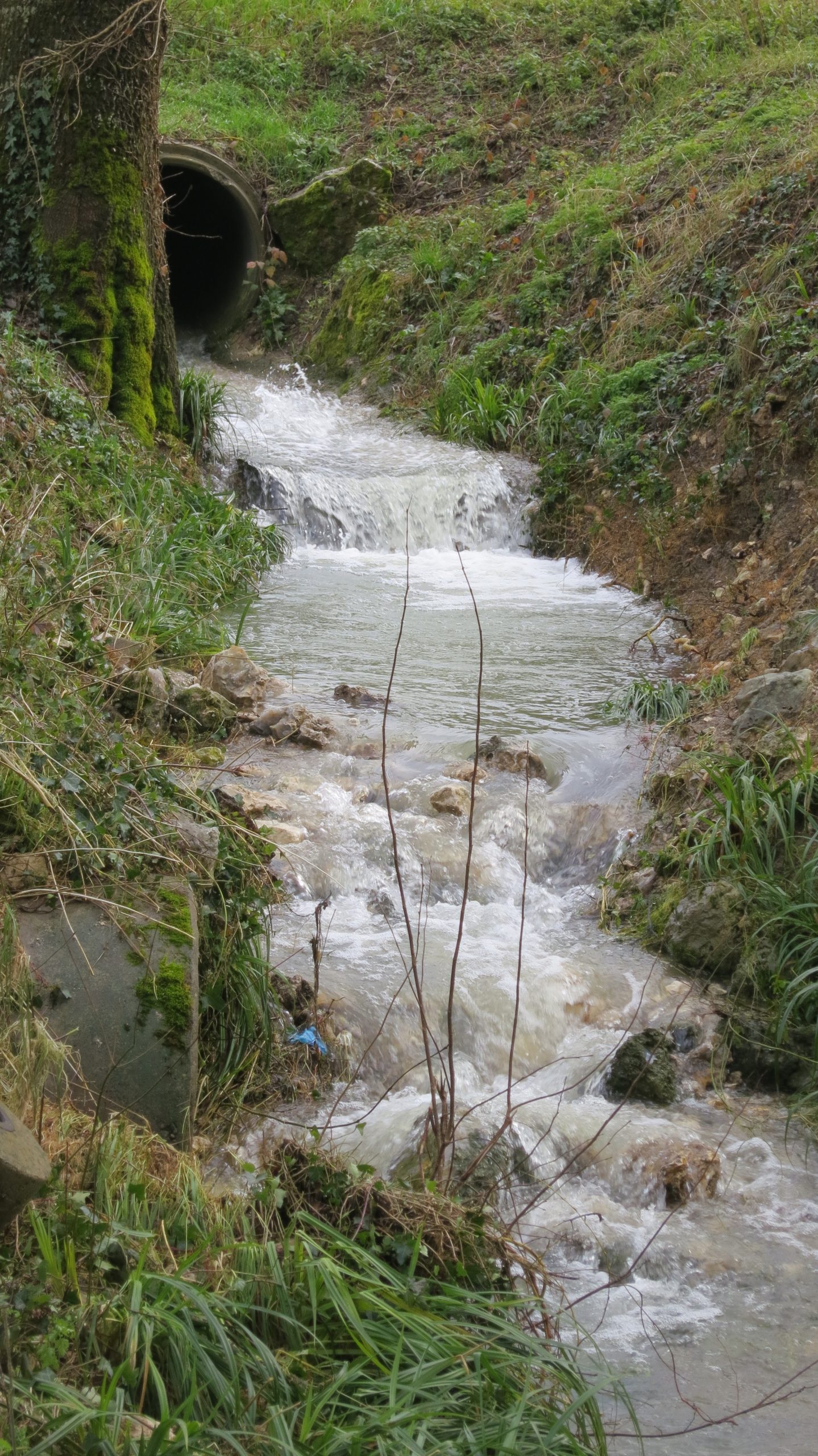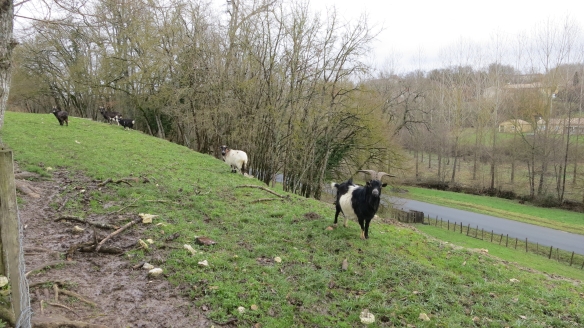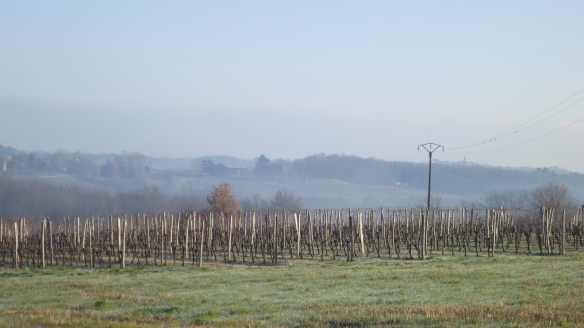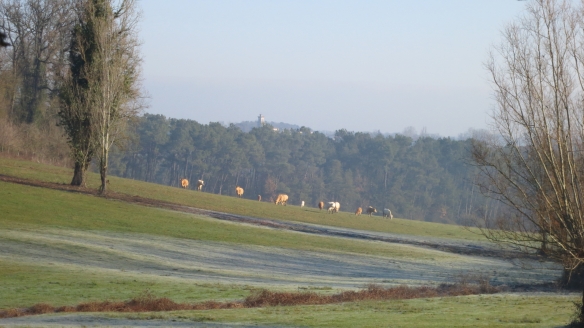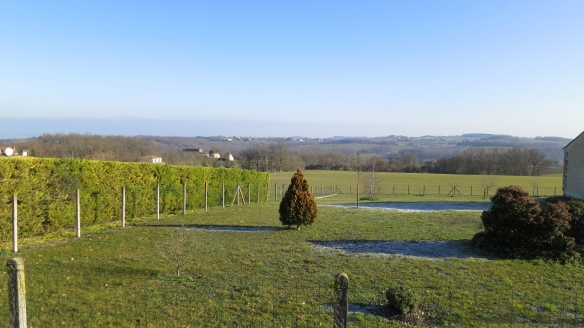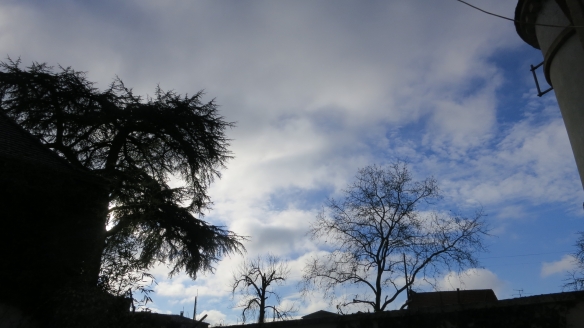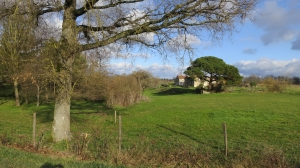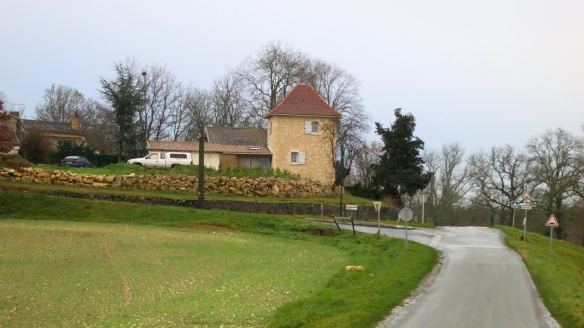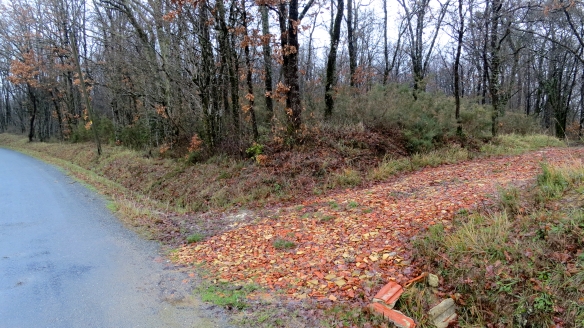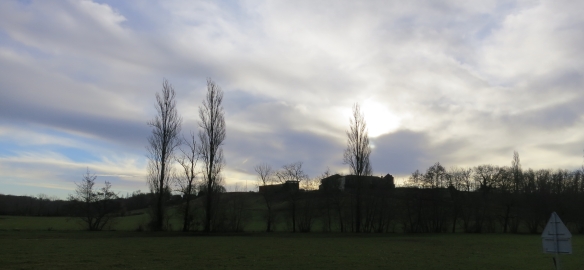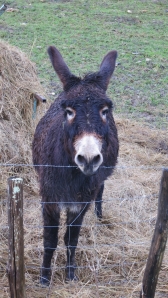 Last night I visited the bar for an on-line Scrabble session. The only other customer there was Graham, another Englishman. I soon abandoned my games and joined in an interesting, educational, and often hilarious, Franglais conversation with him, David, and Frederick. David, in particular, shares my love of language. All four of us helped each other with words in either tongue. My PC did come in useful, enabling me to display photographs of the New Forest and Castle Malwood Lodge; and Graham, who is now a resident of Fonroque, to show us his former home in Cumbria.
Last night I visited the bar for an on-line Scrabble session. The only other customer there was Graham, another Englishman. I soon abandoned my games and joined in an interesting, educational, and often hilarious, Franglais conversation with him, David, and Frederick. David, in particular, shares my love of language. All four of us helped each other with words in either tongue. My PC did come in useful, enabling me to display photographs of the New Forest and Castle Malwood Lodge; and Graham, who is now a resident of Fonroque, to show us his former home in Cumbria.
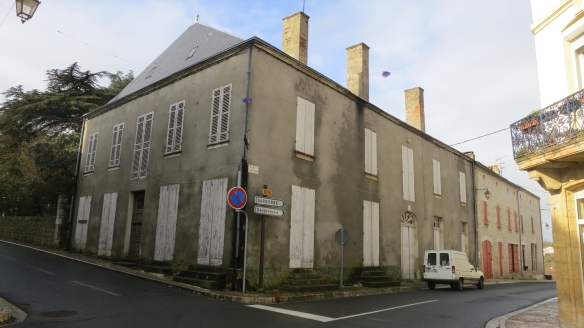 On the corner of rue St. Jacques and rue De La Fon Close lies an enormous boarded up house. Its garden, derelict and completely overgrown until cleared last year, – I think for an overflow of the wine festival – runs along the street opposite our row of houses, much as the Lindum House garden backs onto most of the length of Wellington Road in Newark. No longer are dead branches in danger of falling into the road. Although I have no way of verifying this, I am told that the story is that the building has been inherited by a family one member of which is holding out against selling it.
On the corner of rue St. Jacques and rue De La Fon Close lies an enormous boarded up house. Its garden, derelict and completely overgrown until cleared last year, – I think for an overflow of the wine festival – runs along the street opposite our row of houses, much as the Lindum House garden backs onto most of the length of Wellington Road in Newark. No longer are dead branches in danger of falling into the road. Although I have no way of verifying this, I am told that the story is that the building has been inherited by a family one member of which is holding out against selling it.
 I walked past the church, which stands opposite this corner, down the steep gradient and up its continuation. As I did so, I wondered how on earth people had managed this deep drop in the thoroughfare in the days of the horse and cart. Strong animals and firm brakes must have been required. This put me in mind of Wimbledon Hill and Jack, whose story I told on 13th May 2012.
I walked past the church, which stands opposite this corner, down the steep gradient and up its continuation. As I did so, I wondered how on earth people had managed this deep drop in the thoroughfare in the days of the horse and cart. Strong animals and firm brakes must have been required. This put me in mind of Wimbledon Hill and Jack, whose story I told on 13th May 2012.
Long before I reached Le Cluzeau college which stands near the summit, shrill playground cries heralded its presence, and, afterwards followed me along the road.
Alongside this establishment I looked down past vined slopes onto my village below.
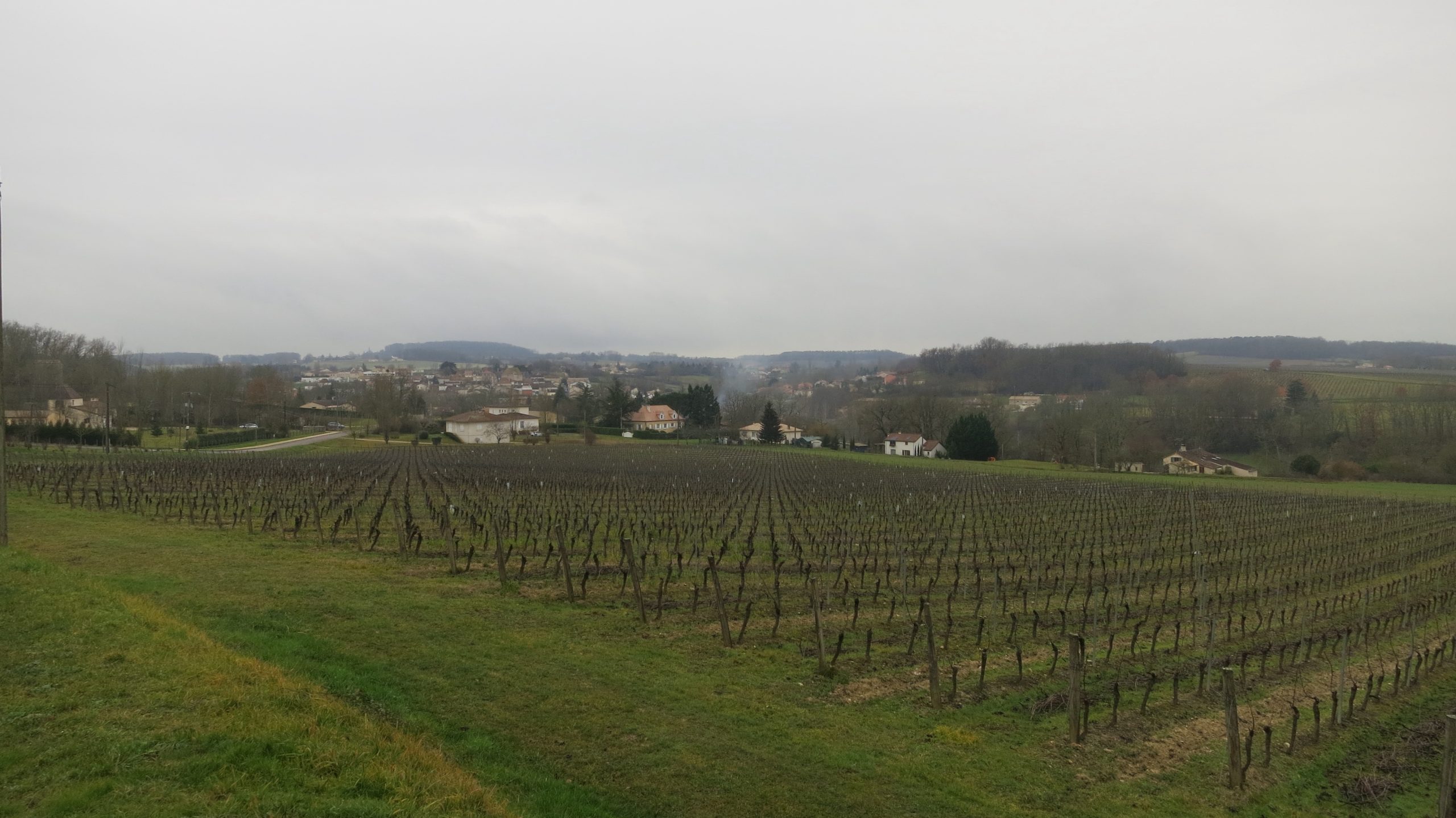 This route bears more potholes than the one described the day before, some of which had had dollops of crumbly tarmac sloshed into them. The wire fence surrounding an empty field carried the warning: ‘Beware of the Bull’.
This route bears more potholes than the one described the day before, some of which had had dollops of crumbly tarmac sloshed into them. The wire fence surrounding an empty field carried the warning: ‘Beware of the Bull’.
Soon after I walked through Les Plantes Petites and its S bends, light rain began to fall. As I wore no raincoat I turned back for home.
Several cars and mopeds passing me on the downhill stretch explained how the pupils reached their eyrie. It was lunchtime. I am sure I have seen some of the more intrepid students trooping on foot past my house in the summer.
Yesterday I wrote that rue St. Jacques is paved in stone. As I trudged up the steep ascent back to No. 6 I was reminded that this is only true of our top end, beyond the church. Our original pavements have been recently renewed in a very attractive natural material. The lower ones, long before, were covered in concrete paving that now bears numerous cracks. Just as in England, I imagine these to have been inflicted by the weight of heavy lorries.
Jackie would have been proud of the hearty vegetable soup which provided the first course of today’s Le Code Bar lunch. As I said to Frederick, it was a meal in itself. Nevertheless, I forced myself, and managed to eat a miscellany of mixed cold meats; what amounted to half a chicken and plentiful pasta garnished with shredded parmesan cheese; finally squeezing in an excellent chocolate mousse. Some people, I noticed, received profiteroles. I was relieved I hadn’t. That would have been like Mr. Creosote’s ‘waffer-thin mint’. (Google it if necessary). Just in case anyone is wondering, I eat nothing else on these days.
